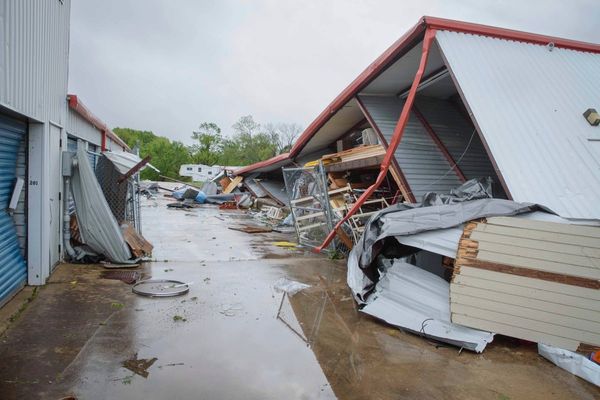The Philippines is facing sweltering conditions this week, with the heat index forecast to reach a dangerous 50C in some parts of the country.
The highest heat index on Wednesday is forecast for Los Baños, Laguna, marking the second straight day of extreme conditions in the municipality, according to the national weather bureau PAGASA.
The heat index combines air temperature and relative humidity to indicate how hot it feels to the human body, often referred to as the “feels-like” temperature.
It is a more accurate gauge of discomfort and health risk than air temperature alone.
PAGASA warns that heat index values between 42C and 51C fall under the “danger” category, meaning heat-related illnesses – heat cramp, heat exhaustion and heatstroke – are more likely with prolonged exposure or physical activity outdoors.
At least 17 other areas across Luzon and the Visayas are also expected to witness “danger” level heat indices. San Ildefonso in Bulacan is expected to see 47C, while Sangley Point, Ambulong, Batangas and Baler are forecast to experience 43-44C.
In the capital Manila, conditions are expected to stay consistently warm, with the monitoring station at the Ninoy Aquino international airport recording a 42C heat index on Tuesday.

The health department is urging the public to take precautions to avoid heat-related illnesses. These include wearing light and breathable clothing, avoiding outdoor activities during peak hours, staying hydrated, and seeking shade or cool spaces.
Authorities are also urging citizens to check on vulnerable groups such as the elderly, children, and those with pre-existing health conditions.
In 2024, heat indices in the Philippines peaked at 53C in Iba.
Not only the Philippines but much of Southeast Asia is experiencing above-normal temperatures, coinciding with the tail end of El Niño conditions. Experts say the heat stress is made worse by the climate crisis, which is pushing average temperatures higher and increasing the frequency of extreme heat events.







